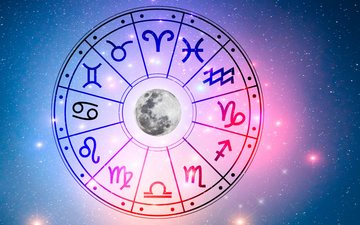
October is the month in which people, institutions, NGOs, companies and people engage in awareness campaigns for early diagnosis of breast cancer. Following this article, you will find a summary of important information about breast cancer.
Factors that increase the chances of getting breast cancer
- early onset of menstruation;
- pregnancies at an older age;
- overweight after menopause;
- consumption of alcohol and tobacco;
- lack of physical activity;
- genetics (if there were ancestors affected by this disease);
- overweight and obesity, especially in menopause;
- taking oral contraceptives uncontrolled by a doctor.
Early signs
- changes in the shape of
the nipple - breast pain does not go away after periods
- a lump does not go away after periods
- nipple discharge, a liquid that may be clear, red, brown or yellow
- unexplained redness, swelling, skin irritation or itching
- swelling or lump around the collarbone or under the arm
Later signs
- nipple retraction
- enlargement of one breast
- pallor of the breast surface
- enlargement of lumps
- an orange peel sensation on the skin
- lack of appetite
- weight loss
- enlarged lymph nodes in the armpit
- visible veins in the breast
Breast cancer in men
Breast cancer is not usually associated with men, but it can occur in rare cases at any age, although it is more common in older men. Many people do not realize that men also have breast tissue and the cells of this tissue can undergo cancerous changes. The symptoms are:
- thickening of breast tissue
- breast discharge
- redness or irritation of the nipple -
retracted nipple -
unexplained redness, swelling, irritation and itching of the skin
Foods that are not advised to be consumed
Foods that should not be consumed in order to prevent the disease or prevent it from appearing a second time:
- fried foods
- white sugar
- red meat
- salt
- canned foods
- sausage
- cereals
- alcohol
How to find out
1. Monthly breast self-examination, which is recommended once a month starting at the age of 20. After menstruation, circular movements are made with the hand, checking the breasts, up to the upper part of the chest and armpits.
2. Clinical examination, control by medical personnel, which is recommended once a year.
3. Mammography, which must be performed between the ages of 35-40 at least once every two years, catches cancer in very early stages. It is recommended to perform when the breasts are not swollen and do not hurt.
Sources: WebMD, Healthline, Institute of Public Health





